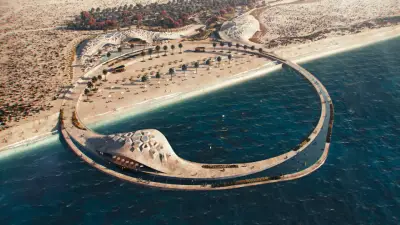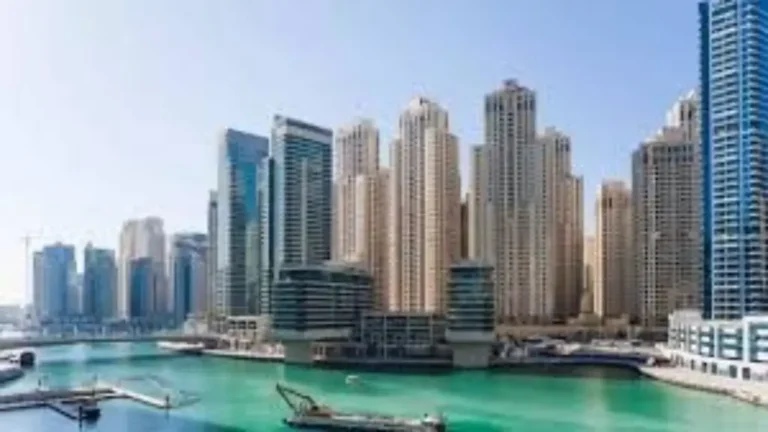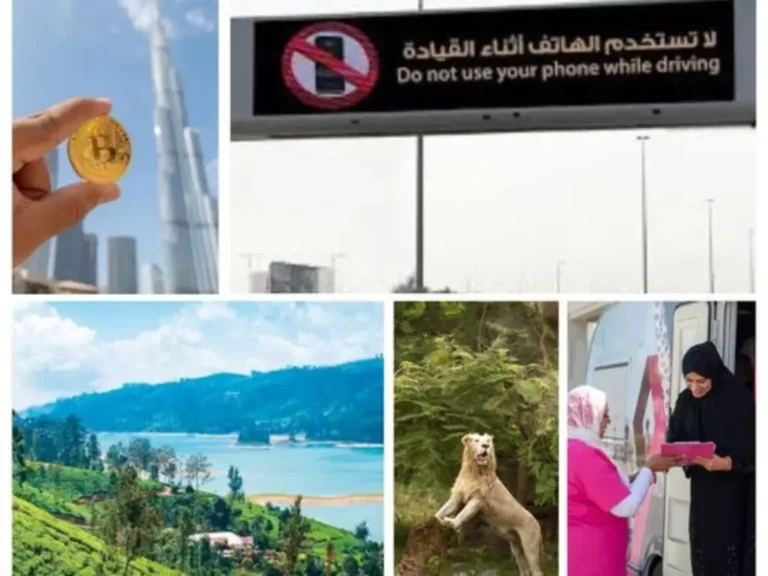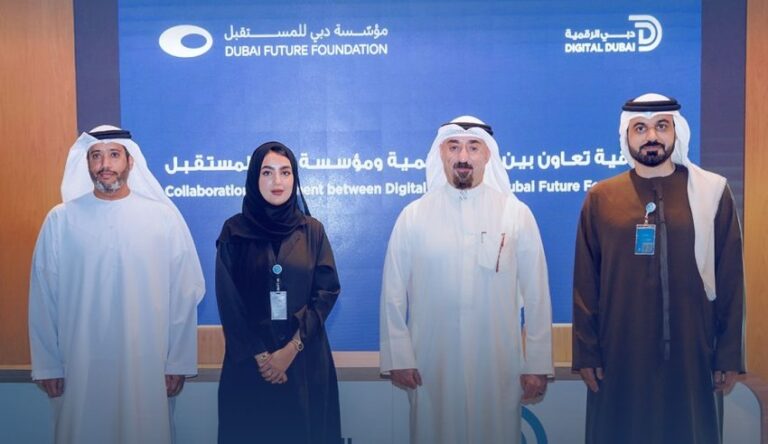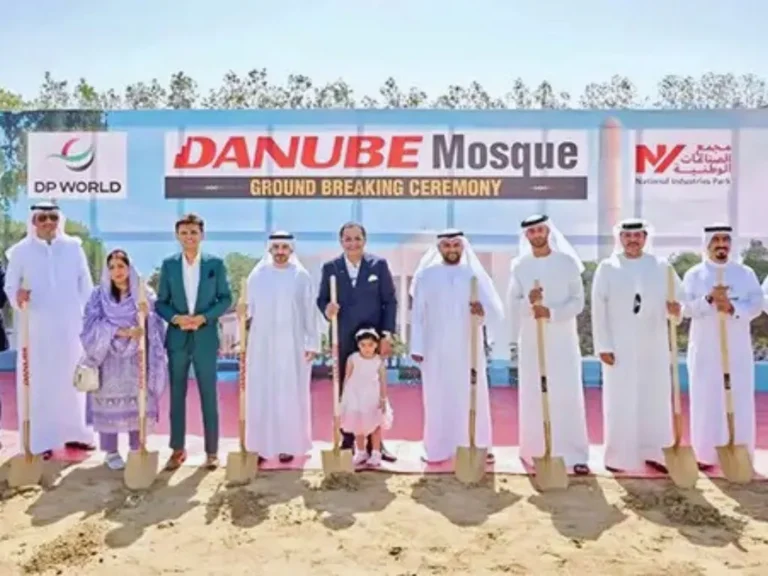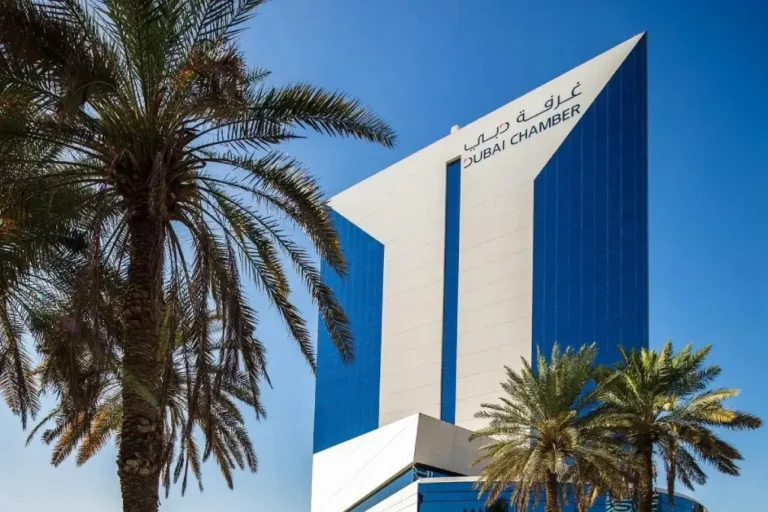Sheikh Hamdan bin Mohammed, approved the master plan for the Jebel Ali Beach Development Project the longest public beach to boost eco-tourism
The crown prince of Dubai, Sheikh Hamdan bin Mohammed has approved the plan for the Jebel Ali Beach Development Project which is set to stretch 6.6 km and will attract tourists with an opportunity to watch turtles in their natural habitat.
It is an effort by Dubai government to revamp Dubai’s public beaches and extend their size by 400 per cent under the Dubai 2040 urban master plan. As per Sheikh Hamdan “Our focus is on creating spaces rich in beaches, open areas, and recreational greens. The ultimate goal is to enhance the well-being of the city’s people, create a healthy environment for all and make Dubai the world’s best place to live in.”
As per the Dubai Media Office, the Jebel Ali Beach will be built in an existing wildlife sanctuary will be home to, “distinctive recreational destination that places a high priority on environmental preservation and the protection of local ecosystems and wildlife”.
Developing Project
Dubai’s commissioner general for infrastructure, urban planning, and well-being stated that the pioneering project will be one-of-its-kind tourist spot that will emphasise championing nature.
“An open beach for the public and a site of global environmental importance, the Jebel Ali Beach Development Project is the first of its kind in the UAE,” he said.
“Jebel Ali Beach will be the longest public open beach in Dubai, stretching 6.6km and covering an area of 330 hectares.”
One beach divided into three locations
As per the information obtained from the Dubai Media Office, The Palm Jebel Ali Beach is divided into three locations, The Pearl, on the right side near the entrance of Palm Jebel Ali, will be the hub for beach and recreational activities, including a beach club with a private stretch of beach, children’s play zones and several restaurants, cafes and shops. A floating restaurant will be a centrepiece of the development. The second site, called the Sanctuary, will be a haven for turtles and other natural habitat.
The third site will be the Nest, set within the mangrove area, which will include an environmental centre for studies and awareness of biodiversity, turtle rehabilitation and care programmes. It will also allow visitors to learn about and help preserve the coastal ecosystem.
Source: Dubai Media Office

